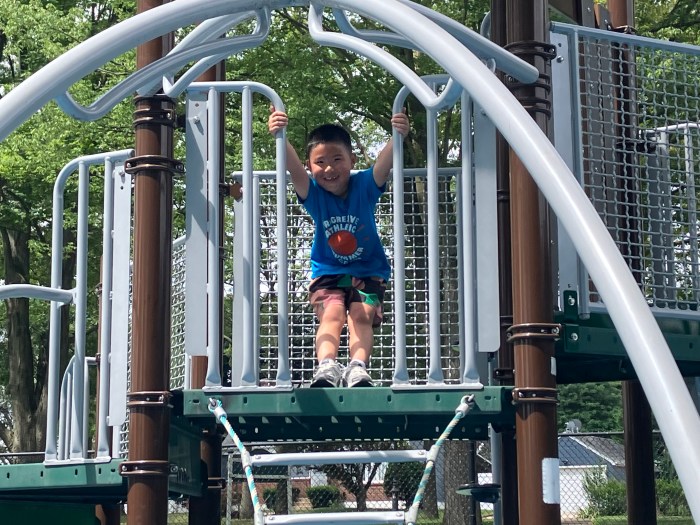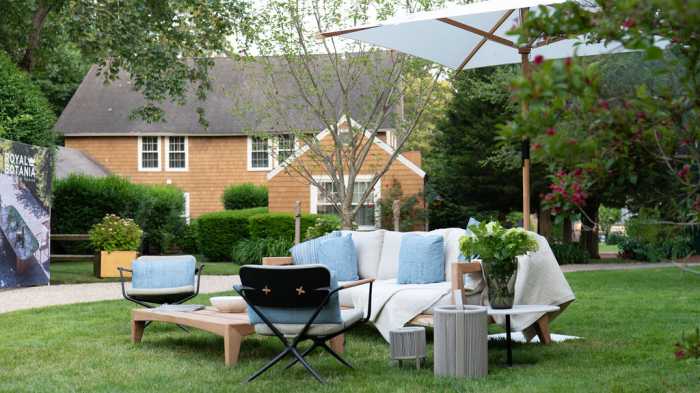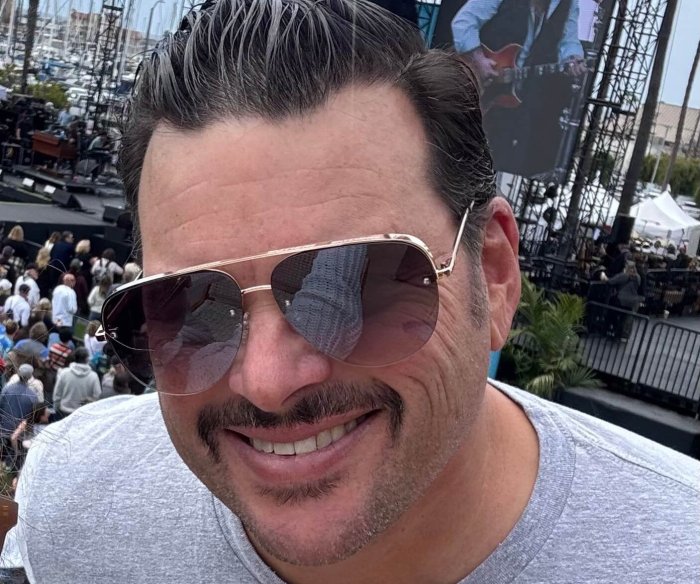By Christina Furnival
There are times when our children come home from school deflated because another kid left them feeling down. If this is occurring with some frequency, we may need to help our children set boundaries to develop fulfilling friendships.
A healthy relationship boundary is a firm, but flexible, spoken expectation you set with another person to clearly define what you find acceptable (or not) in their actions towards you or others. Boundaries provide clarity by erasing ambiguity, allowing you and the relationship to be authentic. By setting healthy boundaries, you construct the framework for a mutually enjoyable friendship, offering freedom to demonstrate love and respect for one another.
Here are three tools for teaching children to set boundaries.
FOSTER YOUR CHILD’S SOCIAL-EMOTIONAL ABILITIES
Setting a boundary begins with your child’s awareness of their feelings, and the ability to describe their feelings and express what they need. To do this you can play games that explore feelings. My favorites are Bright Spots Therapeutic Fun games.
Try validating your child’s experiences. For example, at a family party, you notice that your child doesn’t want to hug a specific auntie. You could reflect with them, “When your aunt asked for a hug, I saw that you turned your body away from her and you looked downwards. It looked like you felt unsure or uncomfortable. I want you to know that I am proud of you for listening to your feelings. You do not have to hug anyone that you do not want to. In the future, you could use your words to say ‘No, thank you’ to be even more clear.”
GET SPECIFIC ABOUT HEALTHY RELATIONSHIPS
Explain to your child what a good friend says, how they act, what they do, and how your child will likely feel when they are with such a friend.
For example, “A good friend says things like, ‘Let’s play’ or ‘I like you’ and they share, take turns, and use their words to solve problems. When you spend time with a nice friend, you feel happy and loved.”
It’s important that our kiddos know that words and actions should be aligned.
MODEL BOUNDARY-SETTING
Our kids are always watching how we act and handle challenges, and by modeling boundaries, our children will more deeply understand their power.
Setting healthy boundaries can feel challenging to do, especially at first and if you aren’t used to speaking up for yourself. The same will be true for your children, but they have you to cheer them on and to support their growth.
Christina Furnival a licensed psychotherapist and author of the Capable Kiddo series. Check out her timely and topical book The Not-So-Friendly Friend: How to Set Boundaries for Healthy Friendships.
This story first appeared on NewYorkFamily.com.
Sign up for Long Island Press’ email newsletters here. Sign up for home delivery of Long Island Press here. Sign up for discounts by becoming a Long Island Press community partner here.



































